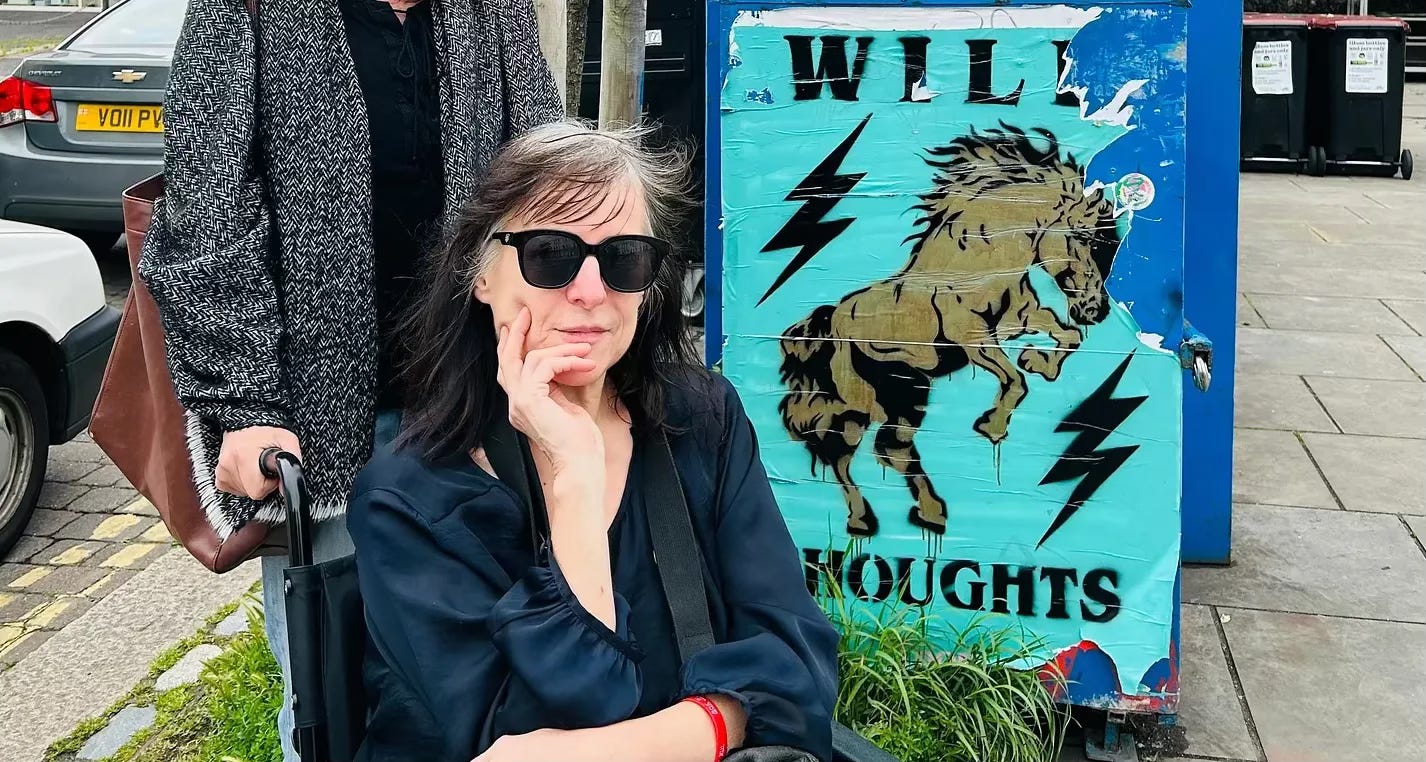HALFLING: A FAREWELL TO LEGS - Part 11
The eleventh in the series about my collapse, surgery and subsequent life in a wheelchair, and the attitude of society towards the disabled - not quite humans, but 'Halflings‘.
There’s a popular saying - ‘If you can’t see it, you can’t be it.’ I’ve always been sceptical about that. Rosa Parks never saw another black person on an Alabama bus refuse to give up their seat to a white passenger. Malala Yousafzai had never seen a 12-year-old girl take on the Taliban. Helen Keller had never seen anything after the age of 19 months.
There aren’t many people in wheelchairs in the public eye, and the ones that are I find too awesome, in the correct meaning of the word, not the lazy modern one. I’ll never be a wheelchair basketball champion. No, the person I gained ‘inspo’ from in the early days of my life as a cripple was a fictional one - the Malcolm McDowell character in the 1971 film The Raging Moon, described thus by Wikipedia: ‘Bruce Pritchard is a 24-year-old working-class man and amateur football player with a passion for life’. (Definitely my spirit manimal.) This was the performance which made the teenage Gary Oldman want to become an actor; ‘I had never been in a school play, but watching that performance was a sort of moment of spiritual awakening when I thought, I want to do that.’ McDowell really is that good in expressing the sheer bafflement and anger which I cannot imagine anyone failing to feel when, overnight, they transform from being an autonomous human being to being a Halfling, dependent on the kindness of loved ones and strangers alike. We go through the same Kubler-Ross stages of grief as the bereaved do as we mourn for our lovely lost lives; denial, anger, bargaining, depression, acceptance
.
Keep reading with a 7-day free trial
Subscribe to NOTES FROM THE NAUGHTY STEP to keep reading this post and get 7 days of free access to the full post archives.


